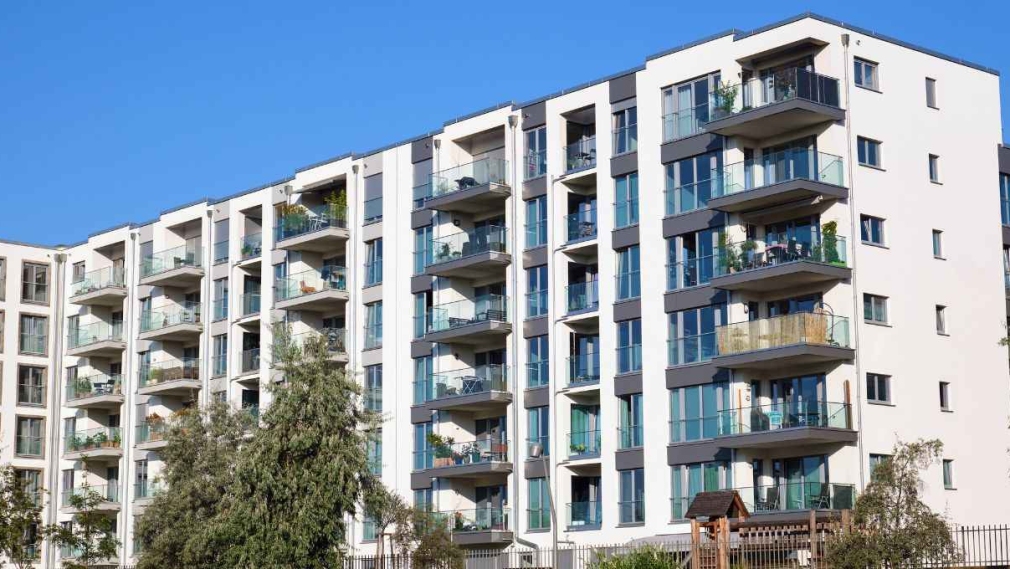After two successive waves of the COVID-19 pandemic and the subsequent lockdowns in 2020 and 2021, the disruption to business and consumer activities severely affected India’s economy. The declining trend in India’s GDP since 2018 was further exacerbated by the pandemic and the GDP fell to -24% in the first quarter (April-June) of 2020-21. The first lockdown was imposed in last week of March 2020.
With gradual unlocking, the Indian economy recovered considerably and clocked 8.4% growth in July-September 2021-22. Between Q1 2020-21 and Q2 2021-22, India witnessed another lockdown, a second wave and several life and lifestyle altering choices from India’s consuming class.
However, amidst all this, the real estate sector showed amazing resilience. Mr. Mohit Goel, MD, Omaxe Ltd. said “2021 has been a challenging and eventful year for the real estate sector. Despite the business disruptions due to the pandemic, the sector witnessed a strong rebound. Supported by the strong economic growth, the real estate sector quickly picked up the momentum.”
According to a report by Anarock, Housing sales in top seven cities stood at 2.36 lakh units in 2021, 1.38 lakh units in 2020, and 2.61 lakh units in 2019.
A similar surge was witnessed in tier 2/3 cities as well, more so with reverse migrants, movement from unorganised to organised living within cities, and demand for bigger homes and integrated townships.
“The pandemic-infused trends coupled with low-interest rates, affordability, and other favorable factors expanded the realty growth in Tier2/3 cities and it is likely to lead the sector’s growth in the coming years,” Mohit Goel added.
The demand in both residential and commercial segments witnessed new asset classes/categories emerging. Government’s infrastructure push and WFH made movement of professionals back to the hometown thereby making tier 2/3 cities more lucrative for businesses also.
“In residential, township projects, large-sized homes emerged as a preferred choice and will continue to drive real estate growth in the years ahead,” Mohit Goel said, adding, “New asset classes like the high street and multipurpose commercial properties found favour with investors and shoppers.”
The strong rebound of the sector makes one hopeful of the resilience shown especially by reputed developers with financial heft and a proven track record in sales and delivery. Demand also favoured these developers. “With strong demand, evolving trends, and new emerging markets leading the sector’s growth, the coming year is likely to be an impactful year for the real estate sector, concluded Mr. Goel.


